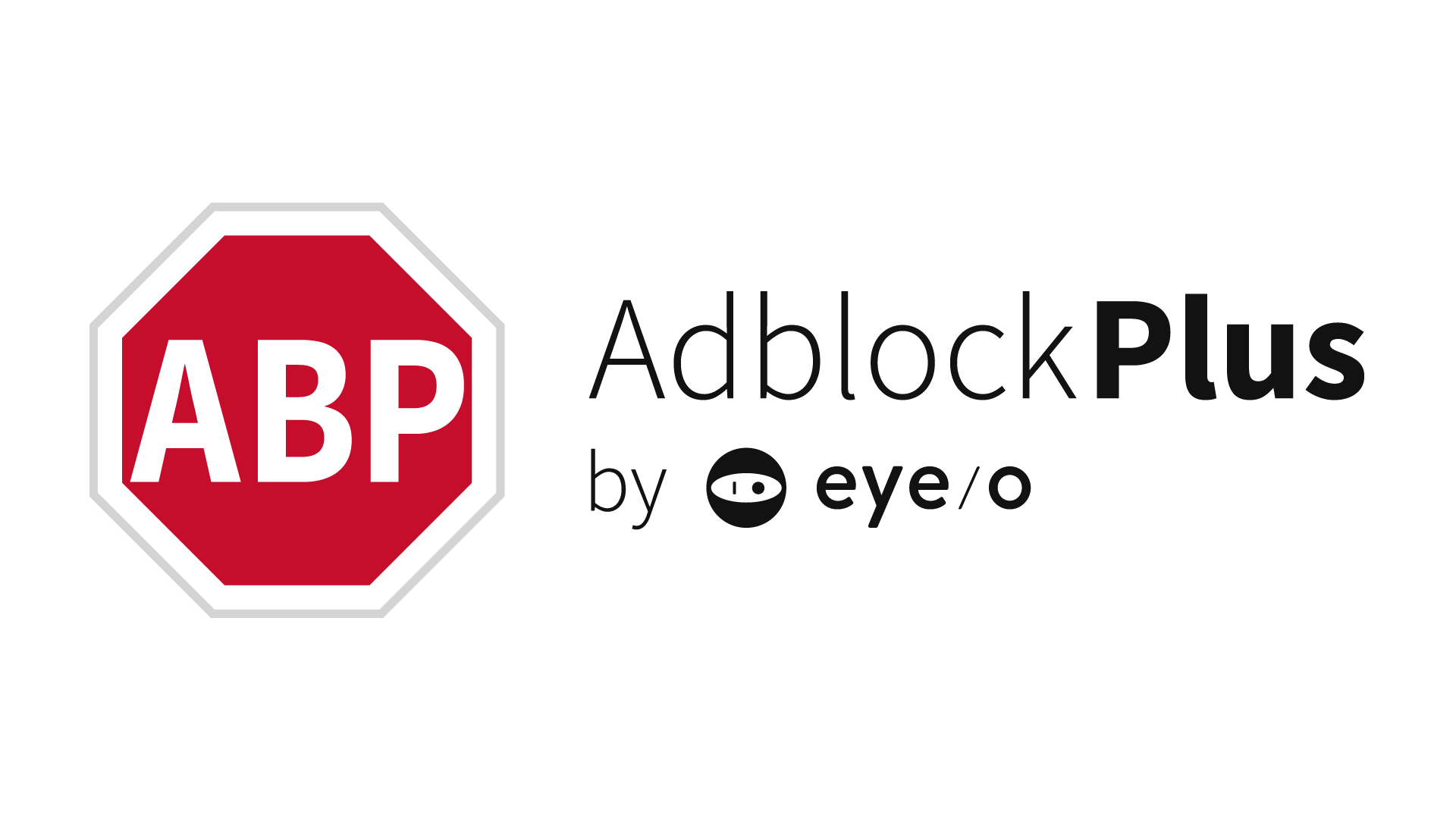

Now, with a staff of about 70, the company has moved even deeper into that business with an automated online advertising service that will allow more websites to place ads deemed “acceptable” in front of Adblock Plus users. Purging bad ads is a good start.”īut shortly after that, in 2011, Adblock Plus was altered and became a tool that, instead of blocking bad ads, allowed ads it deemed “acceptable” to be seen, often for a price - a controversial move that has positioned it as a gatekeeper between advertisers and its huge user base. Its motto: “We want to make the internet better for everyone. As Adblock Plus surged in popularity, he was able to turn it into a full-time job, increasing its staff to three employees in 2011 and housing it under a company named Eyeo GmbH in Germany. Palant wanted publishers to make ads that did not “degrade” internet users with interruption and animation, he wrote on his blog in 2007. Wladimir Palant, a 20-something developer who was annoyed with intrusive ads online, created it as an open-source project and quickly built it up with the help of volunteers who also wanted to make the internet faster, less cluttered and safer from malware. That too is supposed to get nailed down sometime later this year, with committee meetings beginning next year.Adblock Plus, an ad blocker now used on more than 100 million devices, started out as an almost utopian idea a decade ago. At the same time, Adblock Plus is working toward setting up a committee of publishers, privacy advocates, and advertisers to figure out the future of what its Acceptable Ad guidelines should look like.
ADBLOCK PLUS. FULL
The ad marketplace is launching in beta today and is supposed to launch in full later this year. Acceptable ads was a pivot toward what we think is better.” “What we were able to do is try and reverse the spread of 100 percent black-and-white ad blocking, blocking everything. “Ad blocking would have happened with or without us,” says Williams. Williams says he can see why publishers might be unhappy with this arrangement at first, but he says the Acceptable Ads program is meant to solve a problem that would exist no matter what. Adblock Plus will receive 6 percent of total revenue. Publishers will get to keep 80 percent of all ad revenue from marketplace ads, with the remaining 20 percent being divided between various other parties involved with serving the ads. And in setting up its own marketplace, Adblock Plus continues to position itself as a gatekeeper charging a toll to get through a gate of its own making. Acceptable ads are likely to be less valuable than the ads a publisher could otherwise display, limiting what a website can earn. But there’s still obvious reason for publishers to be unhappy. The program is meant to be friendly to publishers - it is, after all, letting them display some ads instead of none whatsoever. None of the ads are able to track visitors from site to site, and they’ll all be limited to certain dimensions and page locations, as defined by Adblock Plus’ guidelines.
ADBLOCK PLUS. CODE
Because they’re already picked out and ready to go, any publisher will be able to sign up, plug some code into their website, and start running whitelisted ads. It’s a time-consuming process, Williams emphasized, which limits how many websites can sign up to display ads to would-be blockers.Īdblock Plus hopes that, through this new marketplace, there’ll be a big expansion in the usage of Acceptable Ads.

But the program has been fairly limited in scope, since publishers and ad networks need to specifically work with (and pay) Adblock Plus to have their ads deemed acceptable.

Since then, the ad blocker has defaulted to “whitelisting” approved ads, so that they show up even when users have the blocker turned on. The marketplace is a extension of the Acceptable Ads program that Adblock Plus has been running since 2011. “And crucially, monetize the ad blockers on on their own terms.” “Acceptable ads was a pivot toward what we think is better.” “It allows you to treat the two different ecosystems completely differently and monetize each one,” says Ben Williams, Adblock Plus’ operations and communications director. If a visitor using Adblock Plus comes to the page, they’ll be shown those “acceptable ads,” instead of whatever ads the site would normally run. It’ll begin doing that through an ad marketplace, which will allow blogs and other website operators to pick out so-called “acceptable” ads and place them on their pages. Rather than stripping all ads from the internet forever, Adblock Plus is hoping to replace the bad ads - anything it deems too big, too ugly, or too intrusive - with good ads, ones that are smaller, subtler, and theoretically much less annoying. Adblock Plus is launching a new service that.


 0 kommentar(er)
0 kommentar(er)
